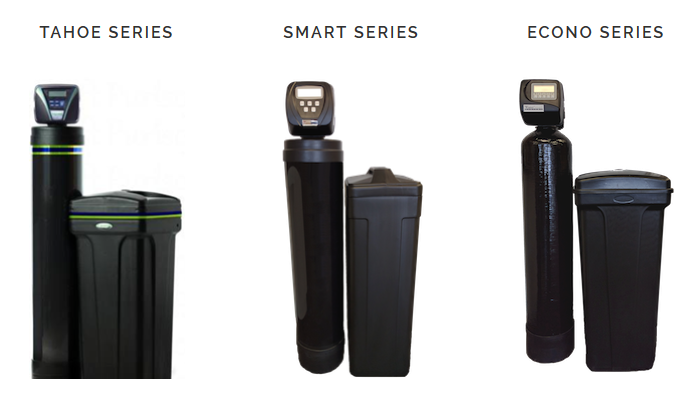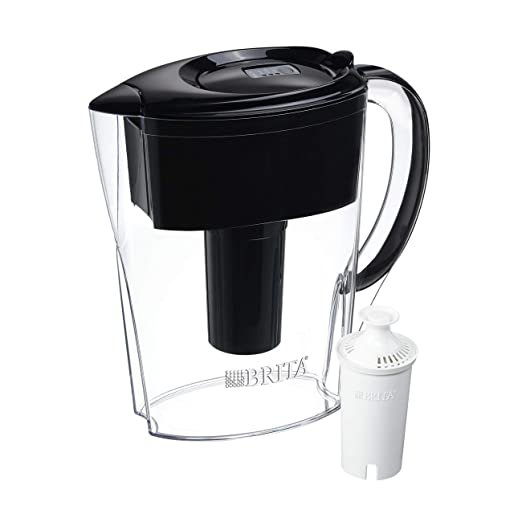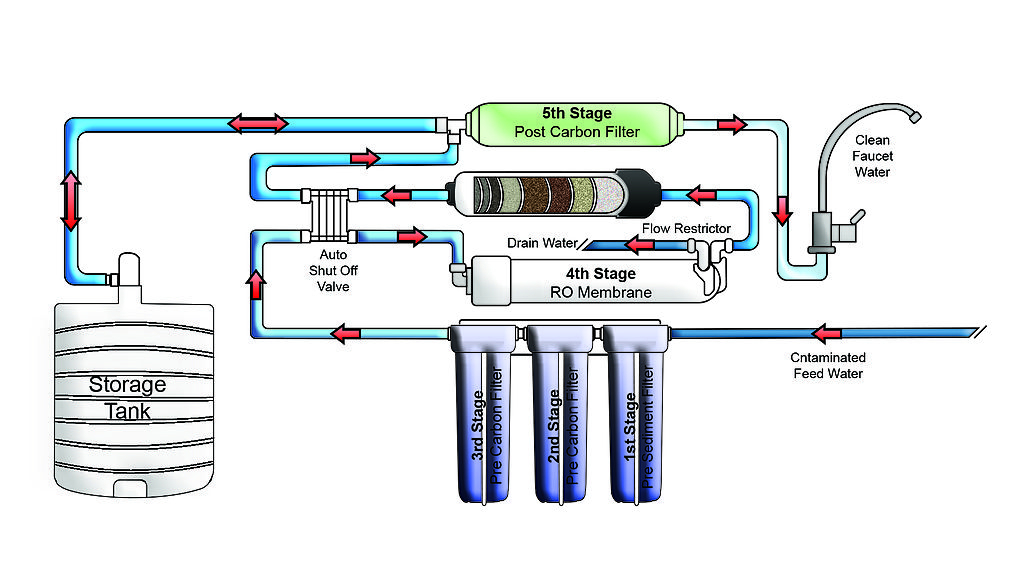When it comes to plumbing, Kitec pipes have garnered significant attention = - mostly due to their controversial history.
Homeowners often face the challenge of understanding the different types of pipes used in their systems.
If you're a homeowner or planning a renovation, it's essential to understand the implications of Kitec pipes, their potential risks, and what you can do to ensure your home remains safe and functional.
2. The Plumbing Risks Associated with Kitec Pipes
3. Identifying Kitec Pipes in Your Home
4. What Should You Do If You Have Kitec Pipes?
It’s important to stay informed, take action, and protect your home from the hidden dangers of Kitec plumbing! Consult with a professional plumber to ensure that your plumbing system remains safe and efficient for years to come.
Plumbing Kitec Pipes: Essential Safety to Know
1. What Are Kitec Pipes?
Kitec pipes are a type of plumbing system that was introduced in the 1990s. Made from a combination of polyethylene and aluminum, these pipes were initially celebrated for their flexibility, lightweight design, and resistance to corrosion.
They were widely used in residential plumbing systems for hot and cold water distribution, as well as for radiant heating.
However, the popularity of Kitec pipes came to an abrupt halt when serious concerns about their durability and safety emerged.
Reports of failures and leaks began surfacing, leading to widespread scrutiny.
Kitec pipes are typically orange for hot water and blue for cold water.
2. The Risks Associated with Kitec Pipes
1. Corrosion and Degradation
One of the primary issues with Kitec pipes is their susceptibility to corrosion.
Over time, the aluminum layer within the pipes can react with water and other chemicals, leading to the formation of corrosion.
This degradation can result in leaks and, ultimately, water damage within your home.
2. Pressure and Temperature Vulnerabilities
Kitec pipes were designed to handle a certain range of pressures and temperatures. However, over time, they may not withstand the conditions they encounter in real-world applications.
As a result, they can become prone to bursting, particularly in colder climates where freezing temperatures can exacerbate the problem.
3. Legal and Financial Repercussions
Due to the issues associated with Kitec pipes, homeowners have faced significant financial burdens when dealing with leaks or failures.
In some cases, lawsuits have been filed against manufacturers, and settlements have been reached.
However, if you're a homeowner with Kitec plumbing, you may find yourself responsible for repairs and replacements, leading to unexpected expenses.
Lawsuits have been filed based on plumbing Kitec pipes.
3) Identifying Kitec Pipes in Your Home
If you're unsure whether your plumbing system includes Kitec pipes, look for these identifying features:
Colour: Kitec pipes are typically orange for hot water and blue for cold water.
Markings: The pipe will often have "Kitec" printed on it, along with a specification number (e.g., KSI, 1/2”, etc.).
Fittings: Kitec systems often use unique fittings that can help you identify them. If you see fittings that look different from standard plumbing fittings, they may be Kitec.
If you suspect that your home has Kitec pipes, it’s crucial to consult with a licensed plumber who can assess your system and provide recommendations.
Here’s what Kitec pipes usually look like.
4) What Should You Do If You Have Kitec Pipes?
1. Get an Inspection
If you suspect that your home contains Kitec plumbing, the first step is to have a professional inspection.
A qualified plumber can assess the condition of your pipes and identify any signs of wear or damage.
They can also help you understand the extent of the issue and what needs to be done.
2. Consider Replacement
Given the risks associated with Kitec pipes, replacement may be the most prudent option.
While the upfront costs of replacing the plumbing system may seem daunting, it can save you from potential water damage and expensive repairs in the future.
Discuss replacement options with your plumber, including alternatives like PEX or copper piping.
3. Stay Informed
Stay up-to-date with any changes in regulations or potential recall information regarding Kitec pipes.
Knowledge is your best defence against plumbing problems.
Additionally, familiarize yourself with your local plumbing codes to ensure that any replacements or repairs meet safety standards.
4. Protect Your Home
If immediate replacement isn’t feasible, take preventative measures to protect your home from potential leaks.
Insulate any exposed pipes, especially those in colder areas, and regularly check for signs of moisture or leaks in your plumbing system.
Conclusion
Kitec pipes may have once been a popular choice in plumbing systems, but their potential risks and failures have left many homeowners in a precarious situation.
By understanding the implications of Kitec pipes, recognizing the signs of deterioration, and taking proactive steps, you can safeguard your home from water damage and costly repairs.
Stay informed, take action, and protect your home from the hidden dangers of Kitec plumbing!
WaterSmart Can Help with Plumbing, Kitec Issues
If you need your Kitec plumbing repaired or replaced in the Kitchener-Waterloo region, contact the experienced plumbers at WaterSmart.
We have a long, established reputation for providing outstanding service in the Kitchener-Waterloo, Cambridge, and Guelph regions.
After 30 years in business, our team of plumbing experts are confident they can provide the most reliable solution to your plumbing needs.
Contact us today with any problems you are experiencing and we will help solve them.
“6 Stars (if possible). Had a surprise leak in the basement - called multiple competitors for quotes ($400-$500 range). Watersmart came and saved the day! Gave me my options on the spot - Had everything fixed and working perfectly for less than HALF!!!!
I have also purchased a softener from here years ago in my previous house - if you consistently have a high water bill, or you’re forever buying salt, CHECK THESE GUYS OUT!!!! Actually amazed me how efficient their units are.
You owe it to yourself - just make the call, its easy.”


















